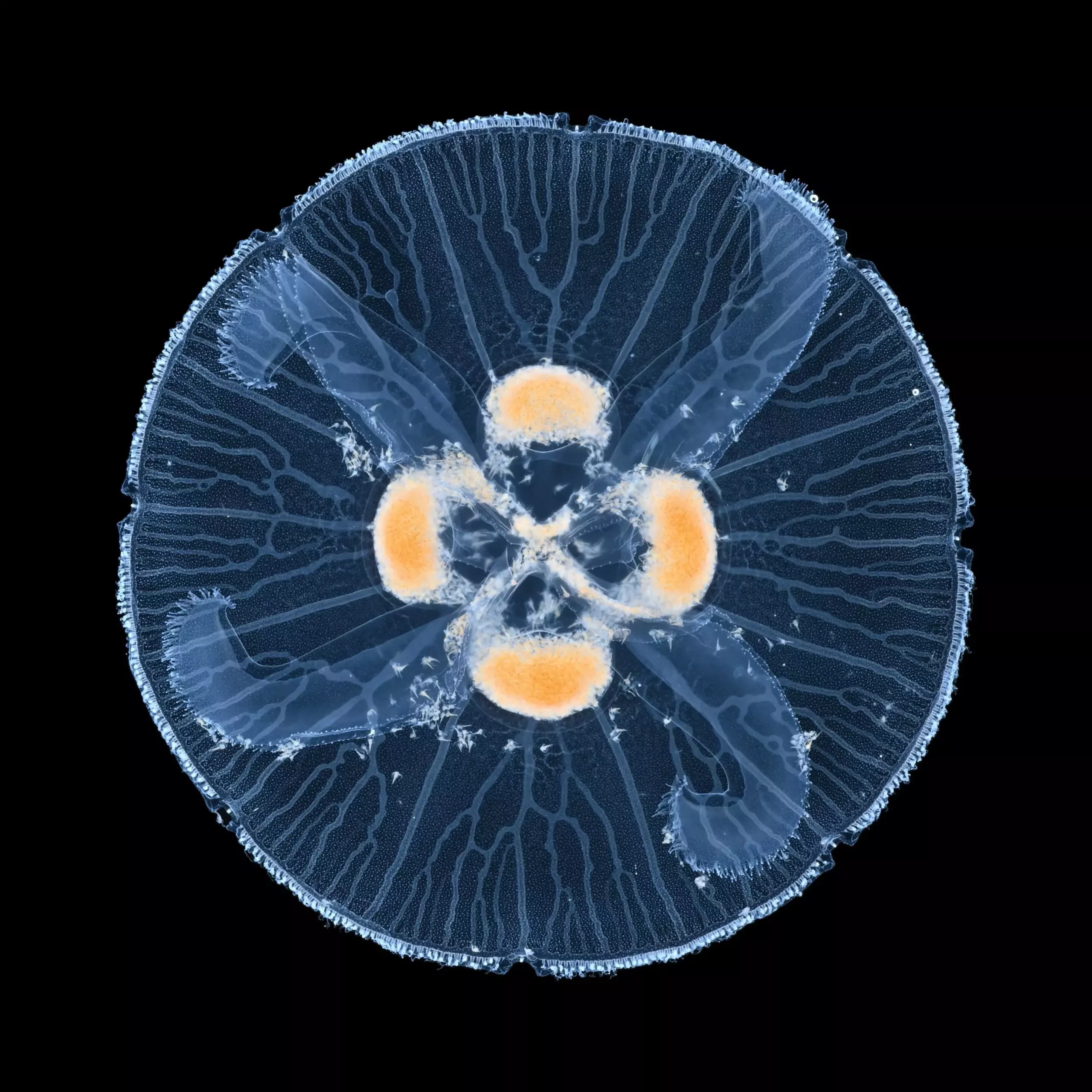Nature is replete with intricate transport networks, from the delicate vascular systems that circulate blood in animals to the complex structures in plants responsible for nutrient distribution. Recent research led by an international team has unveiled fundamental insights into how loops form within these vital networks. These findings demonstrate that loop formation is not a random occurrence but a significant dynamic process influenced by the environment and the interactions among the branches of the networks. The study, published in the *Proceedings of the National Academy of Sciences*, sheds light on mechanisms common to diverse systems ranging from biological structures to electrical discharges.
Loops within transport networks serve a crucial function in enhancing stability and resilience. In systems without loops, damage to a single branch can disrupt the entire network, leading to total failure in transport efficiency. Conversely, looping networks possess alternative pathways that allow for continued operation even when one or multiple branches fail. This redundancy is a testament to nature’s design, ensuring that organisms can maintain vital functions such as nutrient transport and metabolic waste removal even in adverse conditions. Stanislaw Żukowski, the lead author and a Ph.D. student at the University of Warsaw, emphasizes that understanding these structures is pivotal not only for biology but also for the development of robust engineered systems.
Understanding the Dynamics of Network Growth
To comprehend how loops emerge within these networks, the researchers investigated the conditions under which network branches interact. They noted that when a branch reaches the boundary of a system, a dramatic shift occurs in its interactions, whereby previously repelling branches begin attracting each other, ultimately leading to loop formation. This phenomenon is not unique to a particular type of transport network; it has been observed across a variety of systems, indicating a universal underlying principle dictated by the mechanics of growth and interaction.
By analyzing the response of these networks to diffusive fields—whether through chemical concentrations or pressure differentials—the researchers gained insights into how and why certain branches attract while others repel. The mechanics of these interactions reveal how electric conductors, for instance, engage with their environments, leading to phenomena like lightning strikes which favor conductors due to their lower resistance.
A crucial aspect of the study revolved around the resistance encountered by the network branches relative to their ambient environment. The research posits that when there is a slight difference in resistance, branches can switch from a competitive to a cooperative mode of interaction. This transformation is what forms the loops. As branches grow before reaching the system boundary, they typically repel one another due to resistance. However, upon reaching this boundary, this repulsion gives way to attraction, dramatically changing the system dynamics.
Florian Osselin’s experimental work supported these findings through various fluid mechanics projects, highlighting the consistent nature of loop formation in both biological and physical systems. This consistent observation across different experiments led researchers to postulate that a simple physical principle governs this process.
To articulate their findings, the researchers constructed a model detailing the interactions between network branches, especially emphasizing the dramatic transition in behavior as branches approach system boundaries. This model opens pathways not only for a deeper understanding of existing biological structures, like the gastrovascular networks found in jellyfish, but also offers a framework for exploring similar dynamics in other systems, including artificial networks designed for advanced engineering applications.
Annemiek Cornelissen from Laboratoire Matière et Systèmes Complexes recognizes the potential for this research to explore further into the complexities of biological morphogenesis, particularly within organisms that showcase looping structures prominently. The implications of their model extend to various domains within physics, biology, and engineering, suggesting that many processes that exhibit similar dynamics could very well involve analogous underlying mechanisms.
The research ventures presented by this international team are paving the way for future discoveries that could transform our understanding of both natural and artificial transport systems. As they continue to investigate loop formation across various environments, the anticipated results may revolutionize how we design systems that mimic nature’s astonishing efficiency and resilience. Understanding the underlying principles of loop formation will not only deepen our comprehension of existing biological systems but could also influence innovations in technology and engineering, reinforcing the vital convergence of science and nature. This inquiry showcases how interconnected our understanding of diverse fields can be, revealing the mysteries that unite the physiological with the physical.

